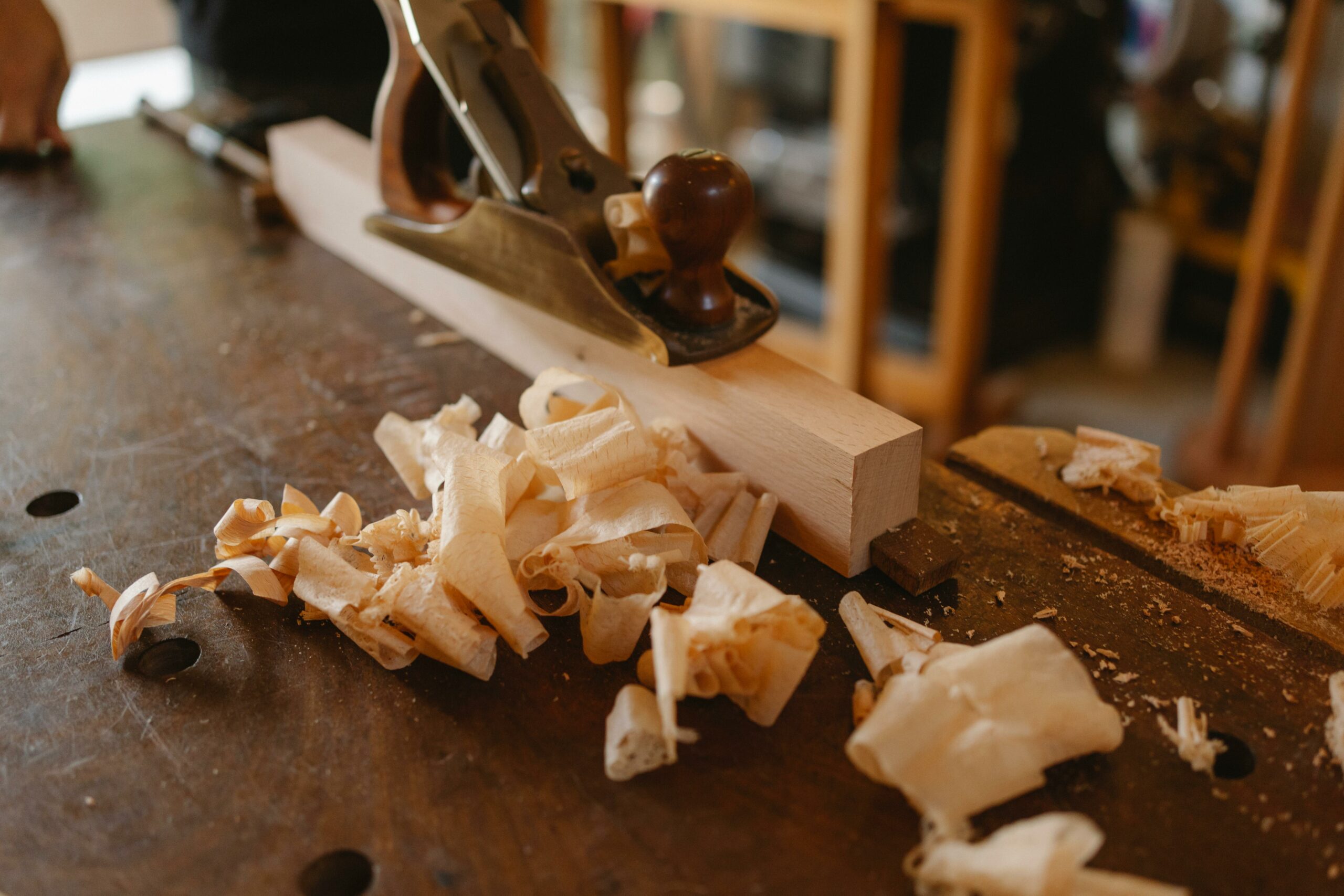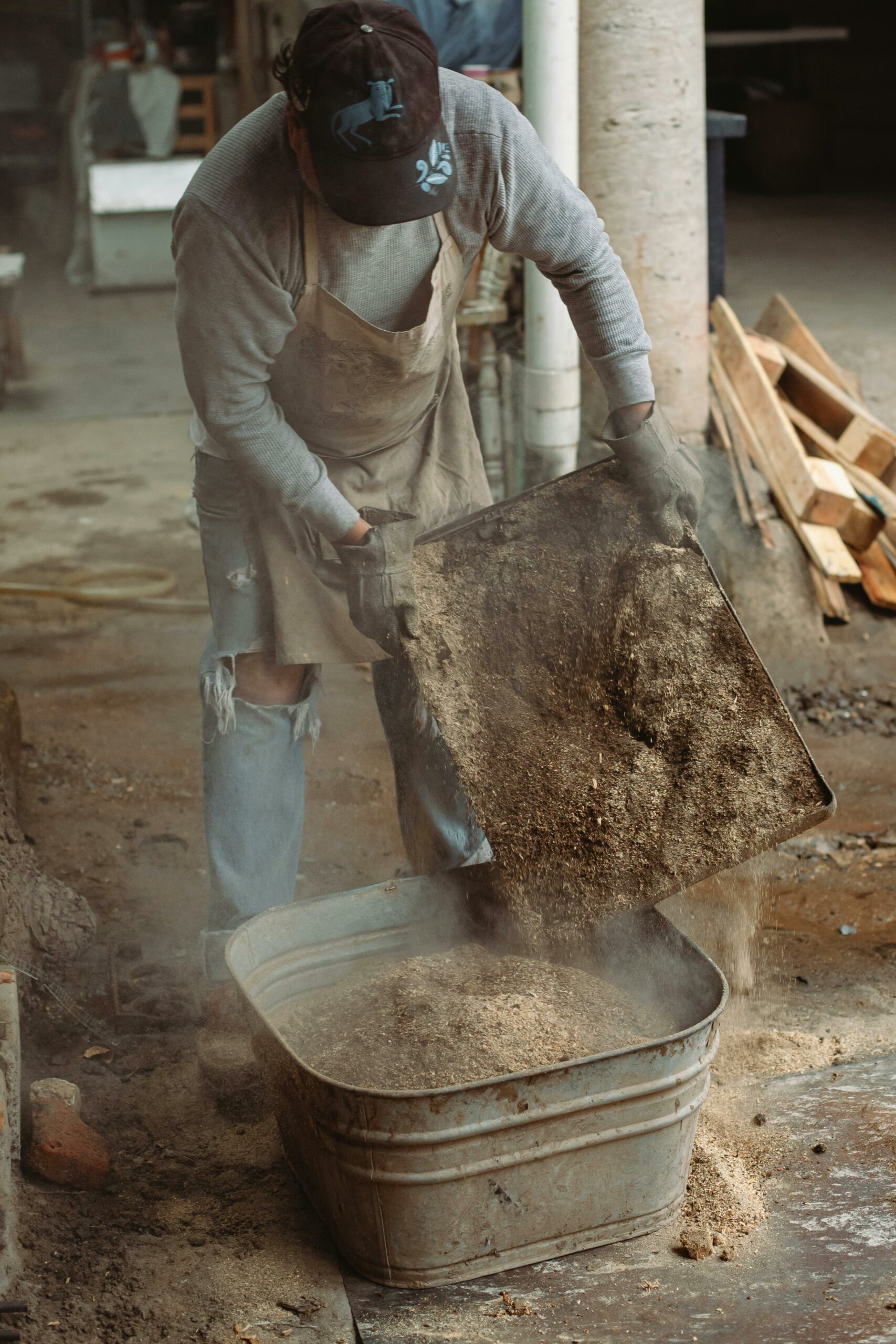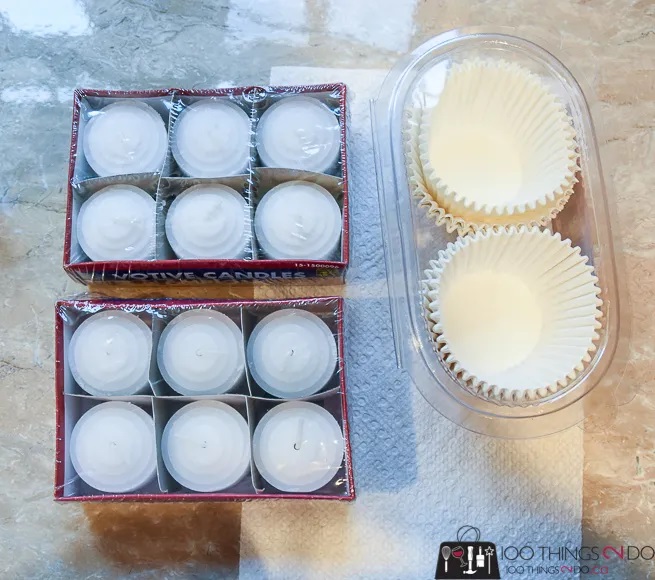Creative Ways to Use Your Sawdust
 Sawdust, often considered a waste byproduct of woodworking, can actually be a versatile and valuable resource. Instead of discarding it, consider these creative and practical ways to repurpose sawdust in your home and garden.
Sawdust, often considered a waste byproduct of woodworking, can actually be a versatile and valuable resource. Instead of discarding it, consider these creative and practical ways to repurpose sawdust in your home and garden.
- Composting
Sawdust is an excellent addition to your compost pile. As a carbon-rich material, it balances the nitrogen from green waste like kitchen scraps and grass clippings. To avoid disrupting the composting process, add sawdust in thin layers and mix it well with other materials. Hardwood sawdust is preferable, as softwood sawdust can be more acidic and slower to break down.

- Mulching
Using sawdust as mulch can help retain soil moisture, suppress weeds, and improve the soil’s structure. Spread a thin layer around your plants, ensuring it’s not too thick to avoid creating a barrier that water can’t penetrate. It’s especially useful in pathways or around trees and shrubs. Remember to supplement with nitrogen-rich fertilizer, as sawdust can temporarily reduce nitrogen availability in the soil.
- Pet Bedding
Sawdust makes excellent bedding material for small pets like hamsters, guinea pigs, and rabbits. It’s absorbent and helps control odors. Make sure the sawdust is free of any chemicals or treatments, as these can be harmful to your pets. Aspen sawdust is a safe choice, whereas pine and cedar should be avoided unless properly kiln-dried to remove harmful oils.
- Fire Starters
Create efficient fire starters by mixing sawdust with wax. Melt the wax and mix it with sawdust, then pour the mixture into molds such as egg cartons or muffin tins. Once the mixture hardens, you’ll have convenient fire starters that are perfect for campfires, barbecues, or wood stoves. These starters ignite quickly and burn steadily.

- Cleaning Spills
Sawdust is highly absorbent, making it ideal for cleaning up spills, especially oil or paint. Sprinkle sawdust over the spill, let it absorb the liquid, and then sweep it up. This method is particularly useful in workshops or garages where such spills are common.
- Craft Projects
Sawdust can be a creative medium for various craft projects. Mix it with glue or resin to create a moldable material for sculptures, ornaments, or even rustic picture frames. You can also color the sawdust with fabric dye and use it for decorative purposes in terrariums or as a base for artificial plants.
- Wood Filler
Combine sawdust with wood glue to create an effective wood filler for repairing cracks and gaps in wooden furniture or floors. This DIY filler matches the color and texture of the original wood, providing a seamless repair. Mix the sawdust and glue to a putty-like consistency and apply it to the damaged area, then sand it smooth once it’s dry.
- Ice Traction
In winter, sawdust can be sprinkled over icy walkways and driveways to provide traction. Unlike salt, it won’t damage your concrete or harm plants and pets. This eco-friendly method helps prevent slips and falls during icy conditions.
By finding creative uses for sawdust, you can reduce waste and make the most of this byproduct of woodworking. Whether in the garden, workshop, or home, sawdust offers numerous practical and innovative applications that benefit both you and the environment.
Comments
Add comment